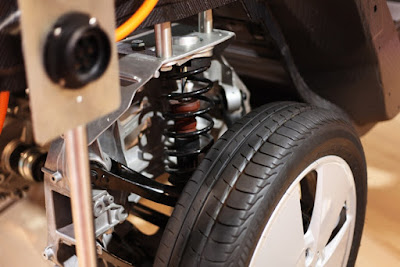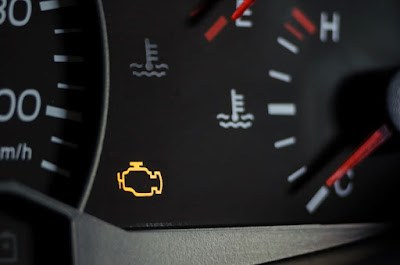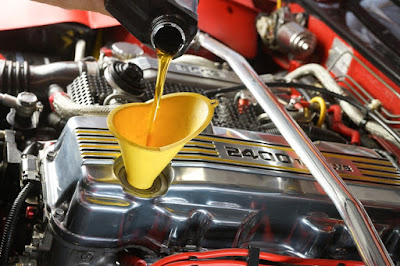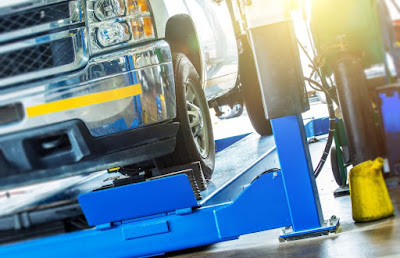Driving at night or on dark cloudy days with either brake lights not working is risky for you and other drivers. Many drivers just jump into their vehicles and don’t think about whether or not their brake lights are working. Especially during these dark winter days, make it a habit to walk around your car every few days to inspect that all your lights are working correctly. This inspection should include not only your brake lights, but your headlights, turn signals, fog lights, back-up lights, and tail lights. If you notice a dim light, schedule a visit to your auto repair shop to determine if the issue is more than a burned-out bulb. Some form of auto electrical repair may be compulsory.
Lights seem simple, but several things can go wrong. When light doesn’t work, it is usually because of the four problems below:
- Burnt-out bulbs. This is the most common issue that occurs most frequently. Every time a car driver steps on the brake pedal, the bulb is illuminated the entire time. Also, consider that today’s vehicles are equipped with day-running lights that are on constantly. Newer vehicles now have LED lights that last much lengthier, but older vehicles still use bulbs that need to be actually popped out and replaced.
- Bad Brake Light Switch. When the brake pedal gets pressed, a switch is activated to send a signal that it’s time to turn on. Analog switches wear out and get dirty over time. This interferes with their ability to make positive contact and transmit the correct signal. If all of the brake lights are out at the same time, it is likely caused by a bad brake light switch.
- Blown out fuse. If the bulbs are good and the light switch is good, the next thing to inspect is a blown-out fuse. If you are incapable to replace the fuse yourself, ask your auto mechanic for help. Replacing a fuse is fairly simple and inexpensive.
- Wiring problems. Finally, after ruling out any of the problems above, inspect the wiring in the light socket itself. It may have become dirty and corroded, or worn to the point where it’s only making the intermittent connection. Your auto mechanic can easily replace the light socket.
If you notice any of the issues above, your auto mechanic can easily diagnose the issue and perform the right auto electrical repair problem rapidly and fairly inexpensively.
Are you wondering what would cause brake lights not to work? Call our ASE-certified technicians at Proshop Automotive for more information about auto electrical repair problems and to make an appointment. Our auto repair shop proudly serves residents in Colton, CA, and the surrounding areas.






